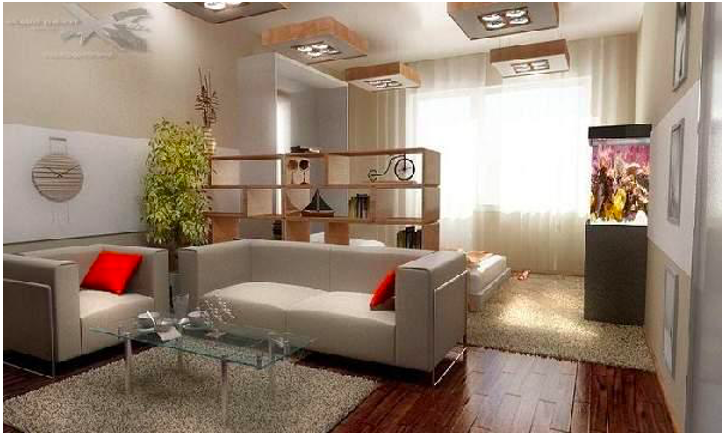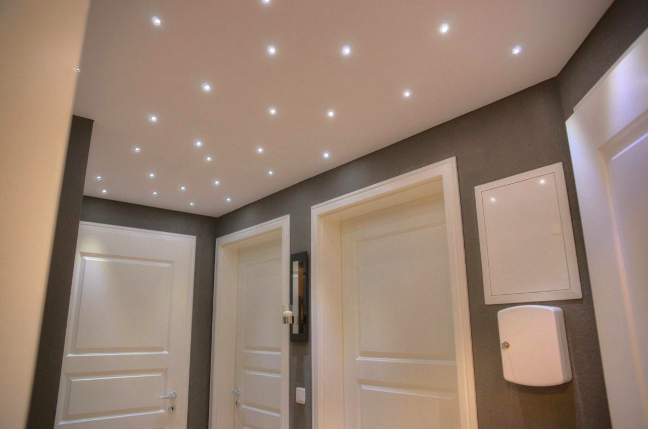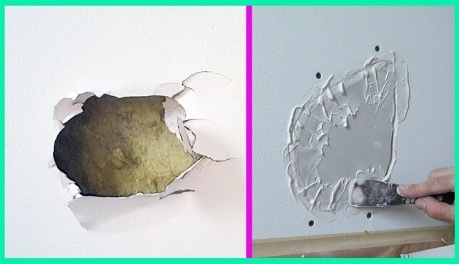Heating pipes can be a real test for interior aesthetics, especially in private homes. However, you can beat the problem by turning it into an opportunity for creative decor. In this article we will look at various ways to decorate a heating pipe in a room, and we will offer options on how to hide heating pipes in a private house. We will also outline the steps to complete these tasks.
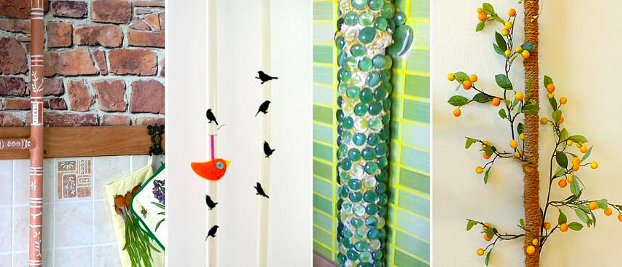
The content of the article
- Painting and decorative elements
- Designs for camouflage
- Creative approach: integration into the interior
Painting and decorative elements
The first and easiest way is to paint the pipes the same color as the walls or choose a contrasting color to make an accent. In addition, you can use various decorative casings for heating pipes, which will help fit them into the overall style of the interior.
What to pay attention to when designing:
- Choose paint that is resistant to high temperatures.
- Choose a color that harmonizes with the overall design of the room.
- Choose a decorative heating pipe casing that matches your decor.
- Install it according to the instructions.
Designs for camouflage
One of the most effective ways to cover heating pipes in a private home is to use specialized camouflage structures. These designs allow you not only to hide unsightly pipes, but also to maintain access to them for maintenance and repair. There are many options for the execution of such structures, which makes it possible to choose the best option taking into account the interior design and personal preferences of the home owners.
The first and, perhaps, the most popular option is to install a decorative casing or box. Such structures are made from various materials: MDF, chipboard, metal or plastic. Depending on the chosen material and design, the box can harmonize with the overall style of the room or, conversely, become a bright accent of the interior. Free space is maintained inside the box, which ensures the necessary air circulation around the heating pipes.
Another effective way to disguise pipes is to create built-in furniture taking into account the location of the pipes. For example, you can install a cabinet or other furniture elements in such a way that the pipes are hidden inside the structure. This option is suitable for those who want to use the space of the room as rationally as possible. After all, it is important not to lose additional square meters for camouflage structures.
You can also use partitions and screens to disguise heating pipes. This option is especially relevant in large rooms. There is an opportunity to place a partition without losing free space. Partitions can be mobile or stationary, which allows you to choose the most suitable option for a particular room. Using partitions and screens, you can create cozy zones in the room, dividing the space into functional areas and at the same time effectively hiding heating pipes from view.
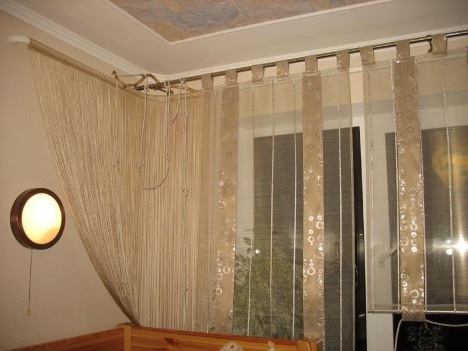
Creative approach: integration into the interior
Heating pipes in a room can become not just a hidden element, but also an elegant accent of the interior. There are many ways to use a pipe in the interior, making it part of a cozy space:
- You can choose a specific theme for the pipe decor. For example, in a nautical style, you can tie the pipes with a rope or net, add sea knots and shells.
- In the loft style, metal or leather elements, industrial overlays or decorative staples are suitable.
- Pipes can be played up by creating vertical gardens around them. Hanging pots or structures for climbing plants can help hide pipes and enliven the space. Green plants will create an atmosphere of comfort and freshness, while covering the pipes from prying eyes.
Creating an artistic image of a pipe in the interior is another creative way to transform it.
Here are some ideas:
- The pipe can be painted in an abstract style or applied with geometric patterns that harmonize with the overall style of the room.
- Painting can be done by hand using brushes or using templates to create clear lines and shapes.
- There are decorative trims and panels that can be installed around pipes to create interesting and stylish designs.
- The choice of materials and design of overlays can vary from classic wooden to fashionable metal or plastic options.
Thus, you can integrate heating pipes into the interior of the room using various creative solutions. This will not only hide unwanted elements, but also add personality to your home.
